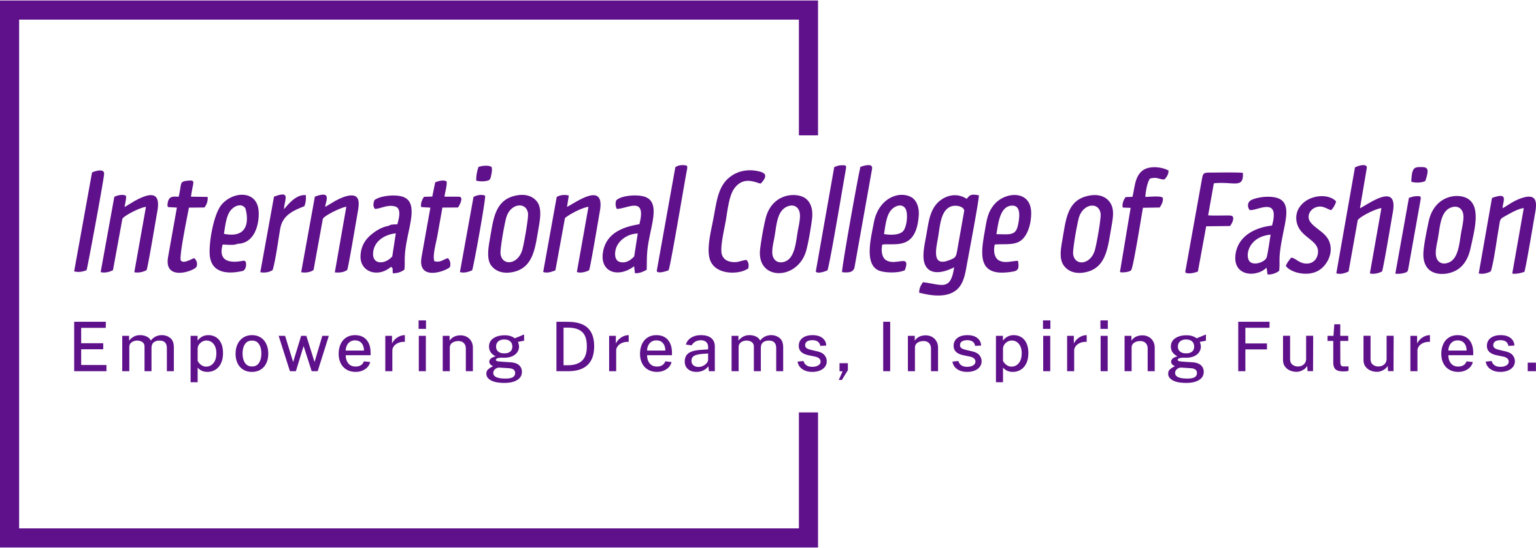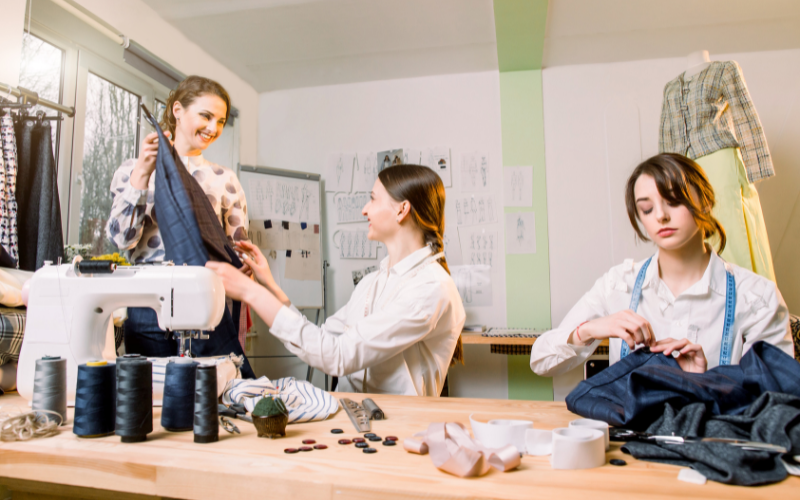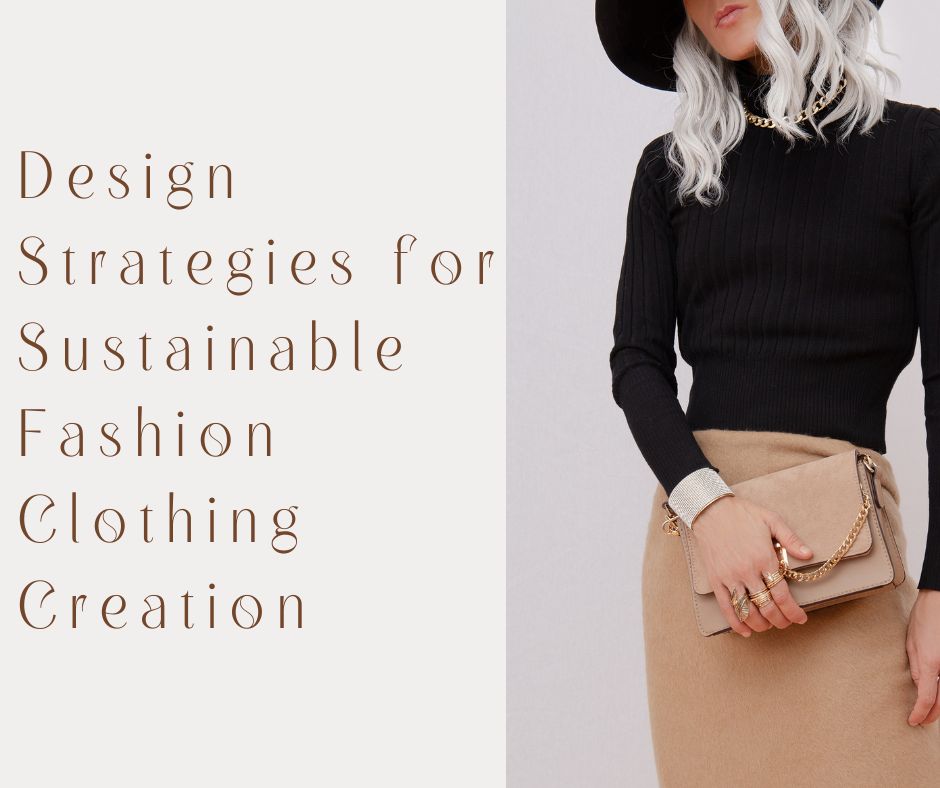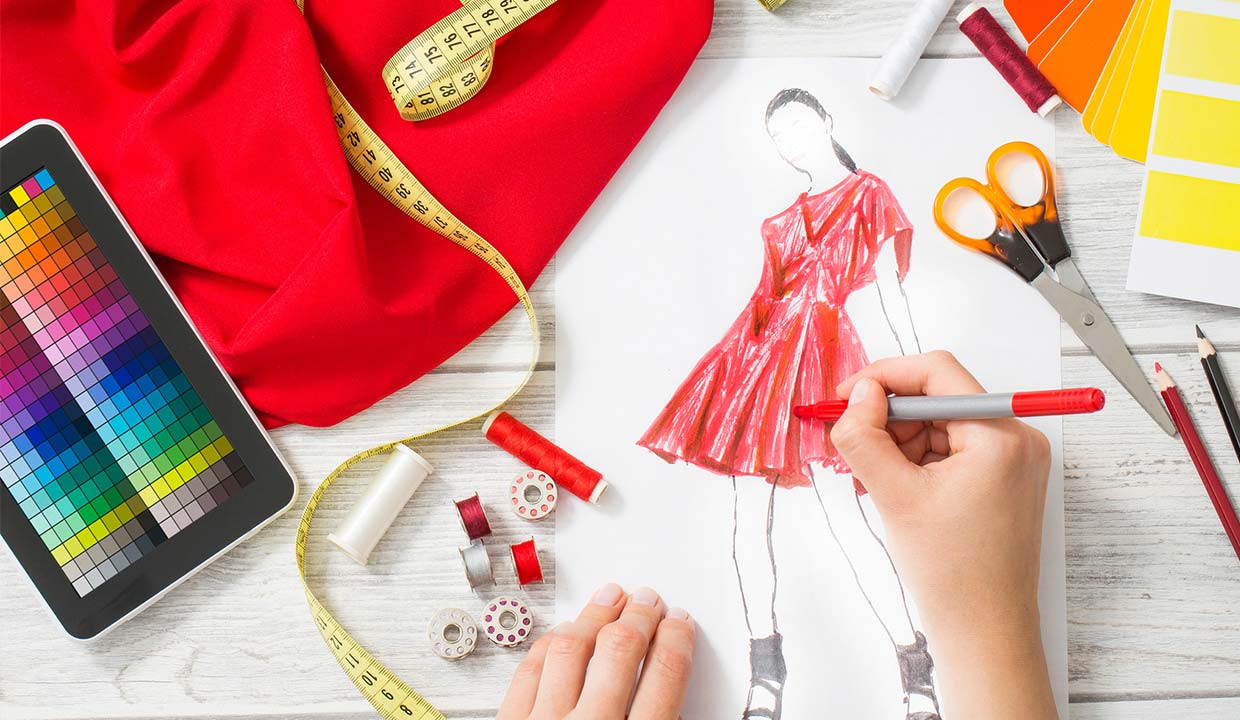Career in Fashion: 5 Ways to Make Your Mark in the Fashion Industry
The Indian fashion industry has undergone a massive transformation since the 1990s. The sector, which once largely revolved around traditional attire, has now embraced global trends, modern aesthetics, and innovative design. From handlooms and intricate embroideries to luxury brands and international runway shows, the Indian fashion scene has evolved into […]
Build Your Future in Style: Career in Fashion Design
Education: Your Creative Foundation The journey into a career in fashion design typically begins with education. Fashion designing courses serve as the bedrock of knowledge, teaching you the principles of garment construction, textile knowledge, and fashion business. Pursuing a fashion design degree equips you with the practical skills and theoretical […]
Fashion Designing Technology: Innovations Shaping the Future
Fashion Tech: Revolution in the Fashion World Have you ever noticed how your favourite fashion brands are starting to feel more like a sci-fi movie? From blockchain to virtual reality, the fashion world is not just about fabrics and threads anymore. Dive in with us as we decode the latest […]
Fashion Entrepreneurship: Nurturing Creative Ventures in Fashion
Breaking the Mould-Innovative Strategies for Fashion Entrepreneurship With its ever-evolving trends and dynamic consumer preferences, the fashion industry is both a land of opportunities and a battleground for entrepreneurs. In this fast-paced realm, traditional strategies often need to be revised. To succeed in fashion design, one must break free from […]
Why ICF Stands Out as a Premier Fashion Designing Institute in Delhi?
Choosing the right fashion design institute is a crucial decision that can pave the way for a rewarding career in the dynamic world of fashion. Among the numerous options available, the International College of Fashion (ICF) shines as a premier institute in Delhi, offering comprehensive courses and career fashion designing […]
Design Strategies for Sustainable Fashion Clothing Creation
Sustainable clothing creation not only helps reduce the environmental impact of fashion but also meets the growing demand for eco-friendly products among increasingly conscious consumers. In this blog post, Students pursuing a career in fashion design will explore various design strategies for sustainable clothing creation Sustainability has become a buzzword […]
Fashion Design: A Guide for Aspiring Designers
Design is a creative field that has been around for centuries, but it has only recently become a popular career choice. From fashion to interior design, there are many different types of design that you can pursue. If you’re looking to enter the world of fashion design, then you’ve come […]
MUST-HAVES FOR A SUCCESSFUL CAREER IN FASHION
Most people think of fashion as a career that requires predicting what we will wear and how we will want to appear to others. But style is much more than designing clothes or simply looking beautiful. It is also a cultural and social phenomenon fueled by a craving for self-expression […]
Role of Adaptation in Fashion…
The fashion industry has a wide range of trends which change every now and then and people always adapt to them. Moreover, in some countries, there are different scenarios in fashion and the adaptation levels vary. This activity of adaptation in our lives keeps us growing in a certain manner […]
Steps to Find Your Career in Fashion Technology
According to Nidhi Dutt, a presenter of Indian Business Report in BBC, “The 2010 Lakme Fashion Week had seen 160 buyers whereas the 2011 event of Lakme had seen around 190 buyers, among them around 95% were from India itself.” If the report is to be believed, it will be right […]









